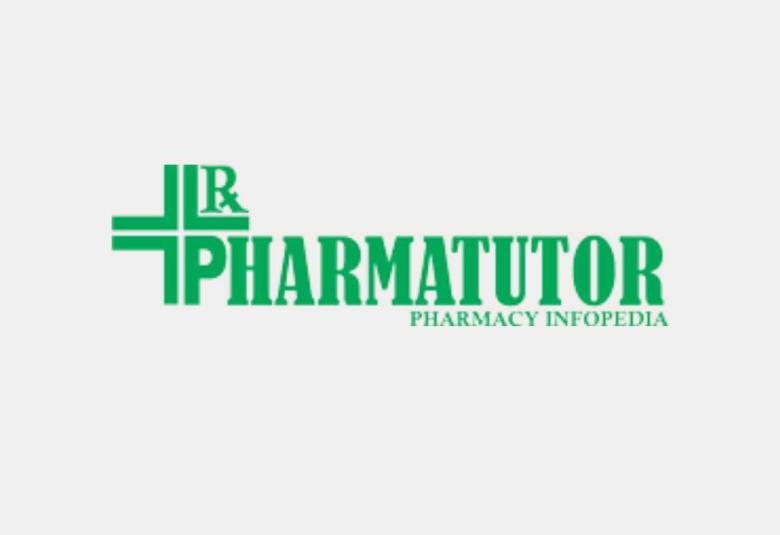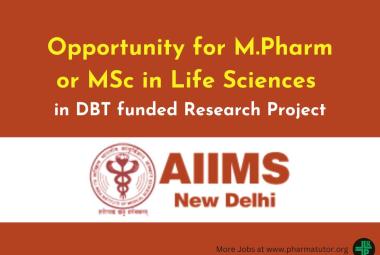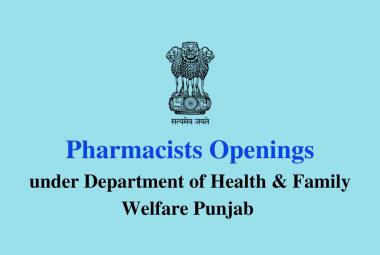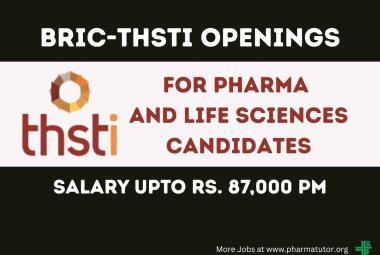QUALITY BY DESIGN (QbD) IN PHARMACEUTICAL INDUSTRY: TOOLS, PERSPECTIVES AND CHALLENGES
{ DOWNLOAD AS PDF }
ABOUT AUTHORS
Arijit Gandhi*1, Chandrani Roy2
1 Production cum Quality Manager, Kras Pharmaceuticals Pvt. Ltd., Fatwah, India.
2 Department of pharmaceutics, Gupta College of Technological Sciences, West Bengal
arijit.babugandhi.gandhi@gmail.com
ABSTRACT
Recently the concept of “Quality by Design” (QbD) gaining much attention among pharmaceutical industries for maintaining Quality. It serves as a bridge between industry and drug regulatory authorities to move towards a scientific, risk based, holistic and proactive approach for development of pharmaceutical product. It mainly covers designing and developing formulations and manufacturing processes to ensure predefined product quality. Some of the QbD elements include defining target product quality profile, designing product and manufacturing processes, identifying critical quality attributes, process parameters, and sources of variability & controlling manufacturing processes to produce consistent quality over time The purpose of this article is to discuss the concept of pharmaceutical Quality by Design and describe how it can be help to ensure pharmaceutical quality & drug development.
[adsense:336x280:8701650588]



 ABOUT AUTHORS
ABOUT AUTHORS







